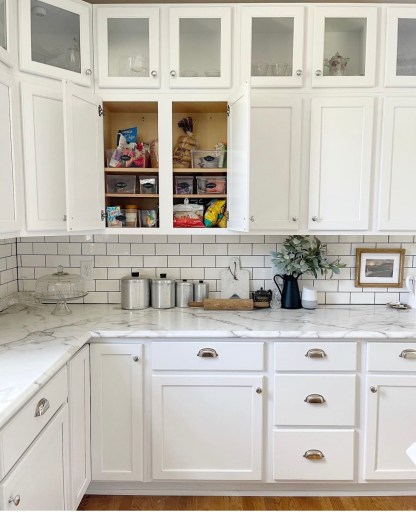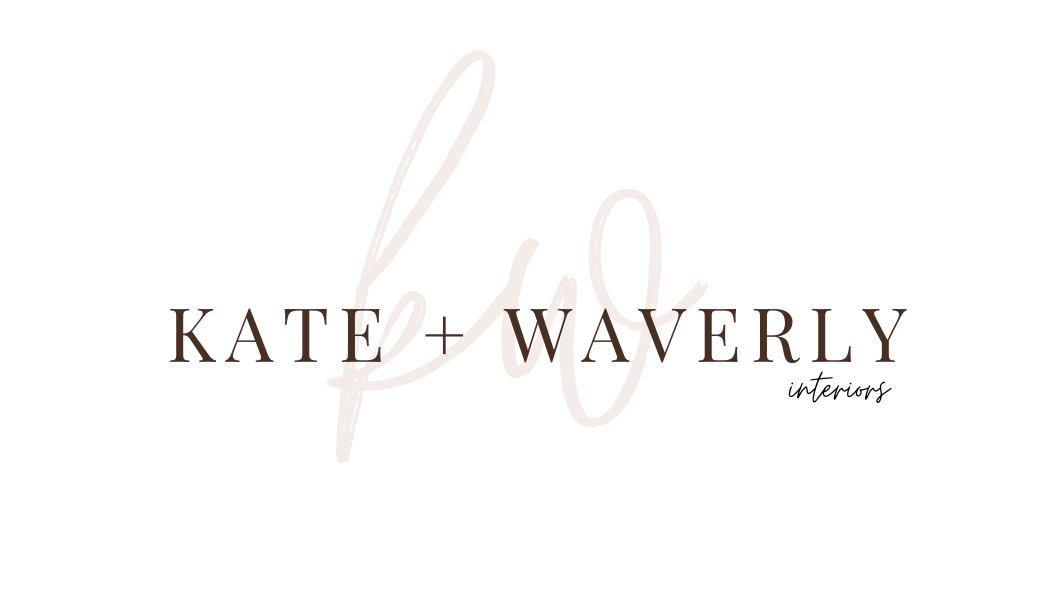I strongly believe that great design is guided by functionality. The needs of the space and the people that live in it should always be considered during the entire design process. That way, when it comes time to organize the bedroom, kitchen, or storage areas, we are prepared with a plan. When everything has a home, we have one less stressor to contend with in our day-to-day lives. My goal is not to just create beauty. My goal is also to make life less hectic in order to be able to appreciate it’s beauty.
Not everyone has the ability to plan out their homes or rooms from the ground up. There are still plenty of ways in which a room can be arranged to make it more efficient for those that live in it. It just takes a little more creativity and some compromise. Like with design, I have three main tenets I adhere to when organizing a space.
Minimize
This is not a new concept. If you’ve ever read Marie Kondo’s book The Life-Changing Magic of Tidying Up, or read an article on minimalism, you are familiar with this first tenet. All successful organization starts with the act of minimizing what we own. The less we own, the less we have to organize in the first place. The less we own, the less we allow things to own us with the never-ending cycle of mess and stress. Now, minimalism and the amount we own is going to look different for everyone, especially those with little ones. But this is always the first step in any organization project, and is something I encourage to become a habit.

It is also much easier to complete this step with a third party helping you through the process. Not only with the amount of work, but with the emotional aspect of getting rid of certain items. As someone who has gone through the death of a loved one, I understand the toll going through those things can take on your mental health. But I also firmly believe that it is a necessary step in the healing process.
Have a Home for Everything
It does little good to stuff things into cabinets in each room. It might get rid of visual clutter, but it does nothing to reduce the stress of not being able to find things when you need them. Once things have been cleared out, we put everything back with the intention of creating a home for everything. This accomplishing two things; first, the tidying process is much quicker and second, you can find things when you need them. Sometimes this means creating second homes for certain things. For example, in my home, the majority of shoes are kept in our closets. However, we also have a shoe cabinet on the first floor to house are most used shoes.

Again, those with littles, take this with a grain of salt! Kids inevitably make a mess. Things will not always get placed back where they should. Mistakes will be made, as well as tornados of legos, art projects, and happy meal toys. Part of the organization process is learning when to let go and let live. It has been quite the process for myself, but I have learned to let go of some of the mess. I find great comfort in knowing that everything has a home. If we are having guests over, or I simply want to get rid of the visual clutter for my own peace, it can be quickly accomplished.
Be Realistic
This ties in perfectly with embracing the mess that kids bring; your house does not have to look like a rainbow-themed, labeled-to-perfection Pinterest post to be organized. Themes are lovely. All matching storage containers look magical. And if that is your goal, fantastic. I personally love it. But that is where your personal preferences (and budget) come in to play, both of which I always take into account when organizing any space. Reusing and recycling what you have is not only budget friendly, it is also earth-friendly.
Pinterest is a wonderful tool and resource. The amount you can learn and the inspiration is limitless. I’m a huge fan. But I also try to push back on that, and remind myself and others that it’s not always realistic or even what our goal should be. Like everything in life, it must be balance into real-life functionality and constraints. But that doesn’t make an organized house or office space any less valuable.

